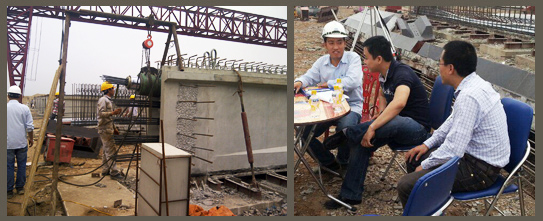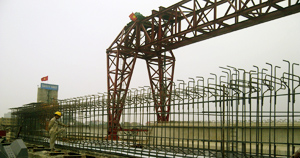Eurocodes – new standards for a safer age of infrastructure
"A new generation of Infrastructure that meets the demands of societies all over the world" - the commitment of the NIRAS’ Infrastructure team. ....

"A new generation of Infrastructure that meets the demands of societies all over the world" - the commitment of the NIRAS’ Infrastructure team.
For this purpose, RCEE – NIRAS engineers use specific tools and techniques in their projects. One of them is the Eurocodes system - a set of European Standards for the structural design of construction works. It includes:
- the basis of structural design (EN 1990);
- the actions on structures (EN 1991);
- the design of concrete (EN 1992), steel (EN 1993), composite steel and concrete (EN 1994), timber (EN 1995), masonry (EN 1996) and aluminum (EN 1999) structures;
- the geotechnical design (EN 1997);
- the design of structures for earthquake resistance (EN 1998).
A construction product designed following these standards will meet some of basic requirements for the CE marking before being placed on the European market: mechanical resistance and stability, safety in use, safety in the case of fire.
The Eurocodes have been developed for over 30 years by the European Committee for Standardization, based on the most up-to-date scientific researches. They must replace all national standards of the Member States of the EU by 2010. Their flexibility allows their adoption not only within the EU but also internationally. They are promoted around the world and Singapore is one of the first countries outside the EU to introduce the Eurocodes as its building code from 1 April 2013.
Common reference rules like the Eurocodes ease the trade of construction products between countries by removing technical barriers. Hence, consultancy companies and engineers have a significant opportunity to provide expert service globally.
Denmark plays an active role in the development of the Eurocodes. The Danish Standards has developed shortened “easy-to-use” versions for the design of most common structures. A numerous number of National Annexes - the key of application of the Eurocodes in each country - has been published both in Danish and English.
RCEE-NIRAS civil engineers take advantage of these modern standards when designing concrete bridges to fulfill their commitment. As a result, they provide great transparency results with a highly competitive quality.

 English
English  Tiếng Việt
Tiếng Việt 